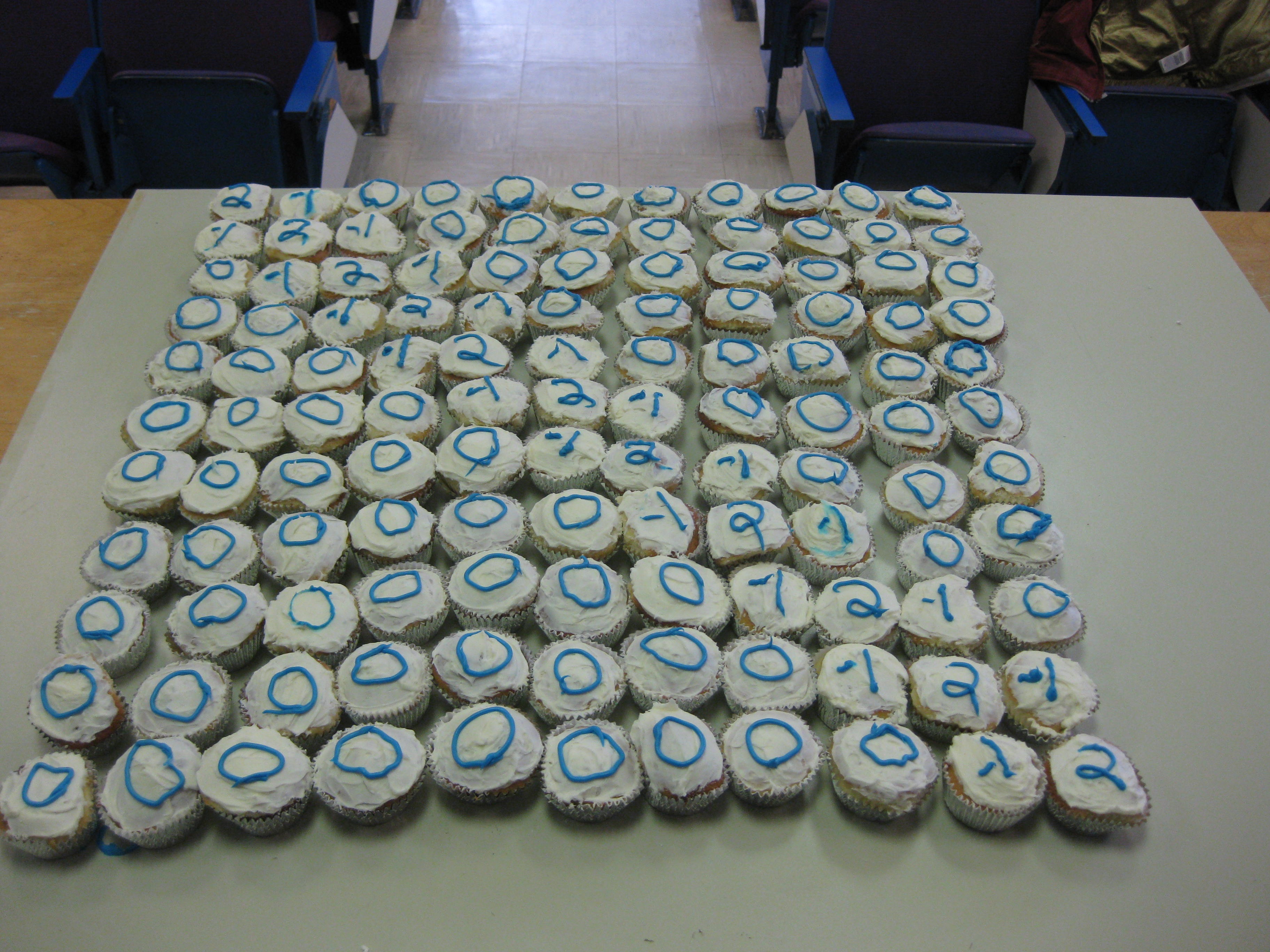Computational Science And Engineering Gilbert Strang Pdf

Mar 15, 2011 - Article Figures & SI Info & Metrics PDF. Strang: From the life sciences to engineering and information. There is now a SIAM activity group on imaging, one on life sciences, and the largest is on computational science.
Download computational science and engineering pdf with a stuvera membership plan together with 100s of other computer engineering books for less than the price of one. Computational science and engineering gilbert strang is a perfect computer engineering book for students and computer practitioners.  The computational science and engineering strang book is suitable for anyone who wish to stay abreast of recent researches and findings in computer engineering studies. The computational science and engineering strang solutions is one of the quality books you can read to learn more about computer engineering. About The Computational Science and Engineering Gilbert Strang Pdf Book This computational science and engineering gilbert strang free download book presents the full range of computational science and engineering — the equations, numerical methods, and algorithms with MATLAB® codes. The author has taught this material to thousands of engineers and scientists. The computational science and engineering book is solution-based and not formula-based: it covers applied linear algebra and fast solvers, differential equations with finite differences and finite elements, Fourier analysis, optimization, and more.
The computational science and engineering strang book is suitable for anyone who wish to stay abreast of recent researches and findings in computer engineering studies. The computational science and engineering strang solutions is one of the quality books you can read to learn more about computer engineering. About The Computational Science and Engineering Gilbert Strang Pdf Book This computational science and engineering gilbert strang free download book presents the full range of computational science and engineering — the equations, numerical methods, and algorithms with MATLAB® codes. The author has taught this material to thousands of engineers and scientists. The computational science and engineering book is solution-based and not formula-based: it covers applied linear algebra and fast solvers, differential equations with finite differences and finite elements, Fourier analysis, optimization, and more.
Contents Chapter 1: Applied Linear Algebra; Chapter 2: A Framework for Applied Mathematics; Chapter 3: Boundary Value Problems; Chapter 4: Fourier Series and Integrals; Chapter 5: Analytic Functions; Chapter 6: Initial Value Problems; Chapter 7: Solving Large Systems; Chapter 8: Optimization and Minimum Principles. Table of Contents of Computational Science and Engineering Strang Pdf Book. Applied Linear Algebra: 1.1 Four special matrices; 1.2 Differences, derivatives, and boundary conditions; 1.3 Elimination leads to K = LDL^T; 1.4 Inverses and delta functions; 1.5 Eigenvalues and eigenvectors; 1.6 Positive definite matrices; 1.7 Numerical linear algebra: LU, QR, SVD; 1.8 Best basis from the SVD; 2.

A Framework for Applied Mathematics: 2.1 Equilibrium and the stiffness matrix; 2.2 Oscillation by Newton’s law; 2.3 Least squares for rectangular matrices; 2.4 Graph models and Kirchhoff’s laws; 2.5 Networks and transfer functions; 2.6 Nonlinear problems; 2.7 Structures in equilibrium; 2.8 Covariances and recursive least squares; 2.9 Graph cuts and gene clustering; 3. Boundary Value Problems: 3.1 Differential equations of equilibrium; 3.2 Cubic splines and fourth order equations; 3.3 Gradient and divergence; 3.4 Laplace’s equation; 3.5 Finite differences and fast Poisson solvers; 3.6 The finite element method; 3.7 Elasticity and solid mechanics; 4. Fourier Series and Integrals: 4.1 Fourier series for periodic functions; 4.2 Chebyshev, Legendre, and Bessel; 4.3 The discrete Fourier transform and the FFT; 4.4 Convolution and signal processing; 4.5 Fourier integrals; 4.6 Deconvolution and integral equations; 4.7 Wavelets and signal processing; 5. Analytic Functions: 5.1 Taylor series and complex integration; 5.2 Famous functions and great theorems; 5.3 The Laplace transform and z-transform; 5.4 Spectral methods of exponential accuracy; 6. 
Initial Value Problems: 6.1 Introduction; 6.2 Finite difference methods for ODEs; 6.3 Accuracy and stability for u_t = c u_x; 6.4 The wave equation and staggered leapfrog; 6.5 Diffusion, convection, and finance; 6.6 Nonlinear flow and conservation laws; 6.7 Fluid mechanics and Navier-Stokes; 6.8 Level sets and fast marching; 7. Solving Large Systems: 7.1 Elimination with reordering; 7.2 Iterative methods; 7.3 Multigrid methods; 7.4 Conjugate gradients and Krylov subspaces; 8. Optimization and Minimum Principles: 8.1 Two fundamental examples; 8.2 Regularized least squares; 8.3 Calculus of variations; 8.4 Errors in projections and eigenvalues; 8.5 The Saddle Point Stokes problem; 8.6 Linear programming and duality; 8.7 Adjoint methods in design.